Paleogene Climate and Biotic Evolution of the US Gulf Coastal Plain
The Paleogene Period (65-25 million years ago) was a time of significant global climate change. The early Eocene represents a super-greenhouse world when the planet was largely devoid of glacial ice and high latitudes were remarkably warm. By the end of the epoch, climate had cooled to the point where a continental-scale ice sheet appeared on Antarctica. Integrated records of ecological and evolutionary change (based on fossils) and climate change (based on the geochemistry of those fossils) give insight into the various responses of organisms and ecosystems as their environment alters.
The US Gulf Coastal Plain provides an ideal setting within which to examine the ecological and evolutionary response of marine shelf faunas to changing climate. These sediments are characterized by the presence of rich and well-preserved shell beds throughout. Because preservation of original skeletal aragonite is common, an oxygen-isotope-based record of climate change can be refined and linked directly to the ecological response of faunas and the evolutionary response of their component taxa. As such, it is possible to track the in situ waxing and waning of diversity and shifts in composition and community structure within these faunas over the course of some of the most pronounced environmental changes of the Cenozoic.
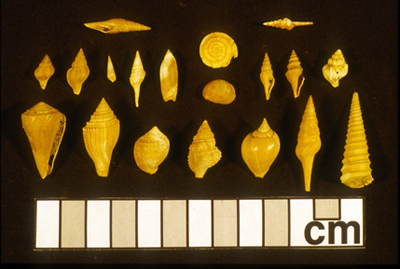
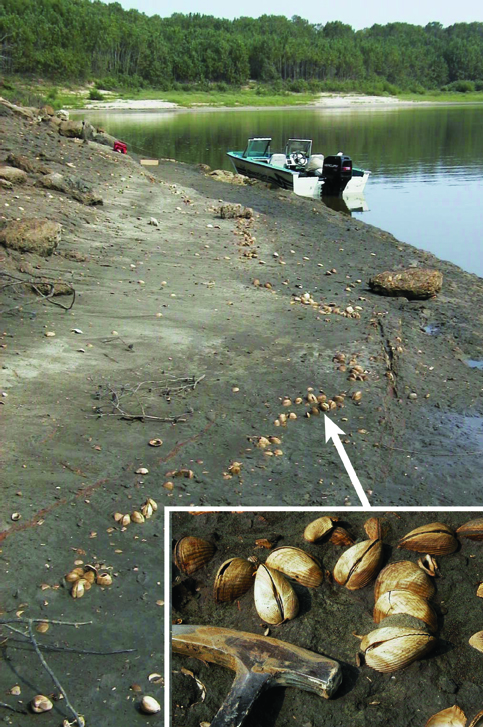
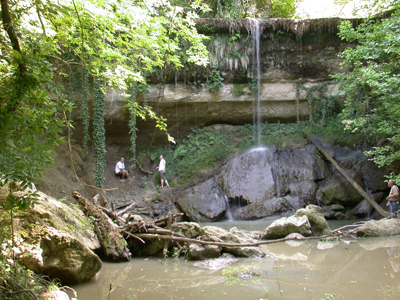
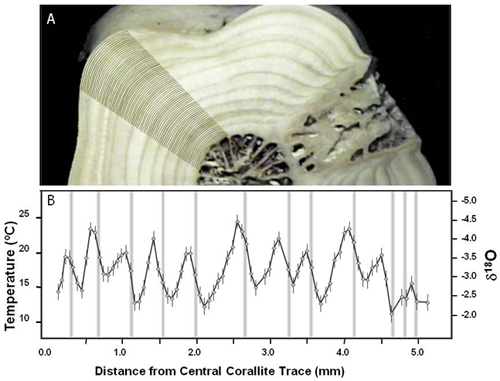
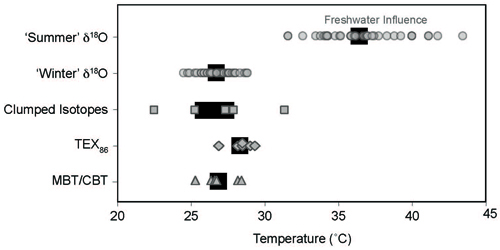
Collaborators
- Warren Allmon (Paleontological Research Institution)
- Rowan Lockwood (William and Mary)
- Hagit Affek (Yale)
- Kacey Lohmann (Michigan)
- Ethan Grossman (Texas A&M)
Postdoctoral Scholar
- Jocelyn Sessa
Student Research
- Heather Wall (M.Phil.) “Molluscan diversity decline and turnover are decoupled during the Eocene-Oligocene transition, U.S. Gulf Coastal Plain”
- Caitlin Keating-Bitonti (B.S.) “How warm was the early Eocene? Paleotemperature reconstructions for the US Gulf Coast from the shells of Venericardia (Bivalvia)”
- Andrew Haveles (M.Sc.) “Rapid growth explains large size of mollusks in the Eocene Gosport Sand, US Gulf Coast”
- Christy Visaggi (M.Sc.) “Testing for patterns of faunal persistence in the Byram Formation (early Oligocene) of Mississippi”
- Laura Stafford (M.Sc.) “Census populations of early Eocene Venericardia hatcheplata (Bivalvia) from the US Gulf Coast”
Publications
(*student author; †postdoc author)
Sessa†, J.A., Ivany, L.C., Schlossnagle*, T., Samson, S.D., and Schellenberg, S.A. (2012) The fidelity of oxygen and strontium isotope values from shallow shelf settings: implications for temperature and age reconstructions. Palaeogeography, Palaeoclimatology, Palaeoecology v. 342-343, pp. 27-39.
Sessa†, J.A., Bralower, T.J., Patzkowsky, M.E., Handley, J.C. and Ivany, L.C. (2012) Environmental and biological controls on the diversification and ecological reorganization of Late Cretaceous and early Paleogene marine ecosystems in the Gulf Coastal Plain. Paleobiology v. 38, pp. 218-239.
Keating-Bitonti*, C.R., Ivany, L.C., Affek, H.P., Douglas, P., Samson, S.D. (2011) Warm, not super-hot, temperatures in the early Eocene subtropics. Geology v. 39, pp. 771-774.
Visaggi*, C.C. and Ivany, L.C. (2010) The influence of data type and selection on interpretations of stability in Oligocene faunas of Mississippi. Palaios v. 25, pp. 769-779
Haveles*, A.W., and Ivany, L.C. (2010) Rapid growth explains large size of mollusks in the Eocene Gosport Sand, US Gulf Coast. Palaios v. 25, pp. 550-564.
Allmon, W.D. and Ivany, L.C. (2008) Testing for causal relationships between environmental and evolutionary change in the marine Paleogene of the US Gulf Coastal Plain: The nature of the problem. Transactions of the Gulf Coast Association of Geological Societies, v. 58, p. 25-44.
Ivany, Linda C., Peters, Stephen C., Wilkinson, Bruce H., Lohmann, Kyger C, Reimer, Beth A.* (2004) Seawater Sr/Ca and Mg/Ca records from an Oligocene coral. Geobiology, v. 2, pp. 97-106.
Kobashi, Takuro, Grossman, Ethan L., Dockery, David T., and Ivany, Linda C. (2004) Watermass stability reconstructions from greenhouse (Eocene) to icehouse (Oligocene) for the northern Gulf Coast continental shelf (U.S.A.). Paleoceanography, v. 19, PA 1022, doi: 10.1029/2003PA000934 (16 pages).
Ivany, Linda C., Wilkinson, Bruce W., Lohmann, Kyger C, Johnson, Emily R., McElroy, Brandon J., and Cohen, Gregory J.* (2004) Intra-annual isotopic variation in Venericardia bivalves: Implications for early Eocene climate, seasonality, and salinity on the US Gulf Coast. Journal of Sedimentary Research, 74, pp. 7-19.
Ivany, Linda C., Lohmann, Kyger C, and Patterson, William P. (2003) Paleogene temperature history of the US Gulf Coastal Plain inferred from fossil otoliths. In Prothero, D., Ivany, L.C., and Nesbitt, E. (eds) From Greenhouse to Icehouse: The Marine Eocene-Oligocene Transition. New York: Columbia University Press, pp. 232-251.
Ivany, Linda C., Nesbitt, Elizabeth A., and Prothero, Donald R. (2003) The marine Eocene-Oligocene transition: a synthesis. In Prothero, D.R., Ivany, L.C., and Nesbitt, E.A. (eds) From Greenhouse to Icehouse: The Marine Eocene-Oligocene Transition. New York: Columbia University Press, pp. 522-534.
Prothero, Donald, Ivany, L.C., and Nesbitt, Elizabeth (Editors) (2003) From Greenhouse to Icehouse: The Marine Eocene-Oligocene Transition. New York: Columbia University Press, 541 p.
Ivany, Linda C., Patterson, William P., and Lohmann, Kyger C (2000) Cooler winters as a possible cause of mass extinctions at the Eocene-Oligocene boundary. Nature, 407, pp. 887-890.
Ivany, Linda C. (1998) Sequence stratigraphy of the middle Eocene Claiborne Stage, US Gulf Coastal Plain. Southeastern Geology, 38(1), pp. 1-20.
